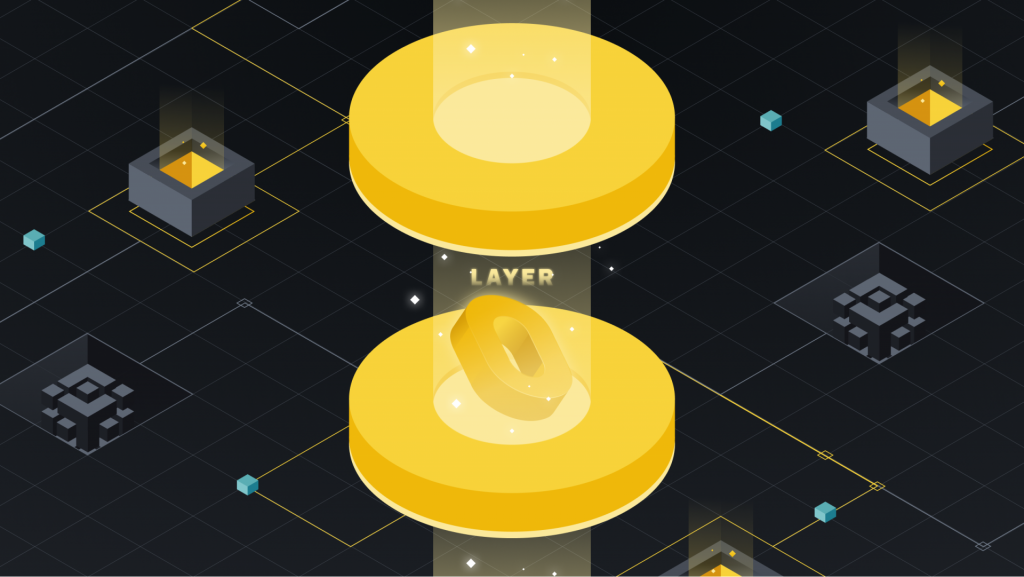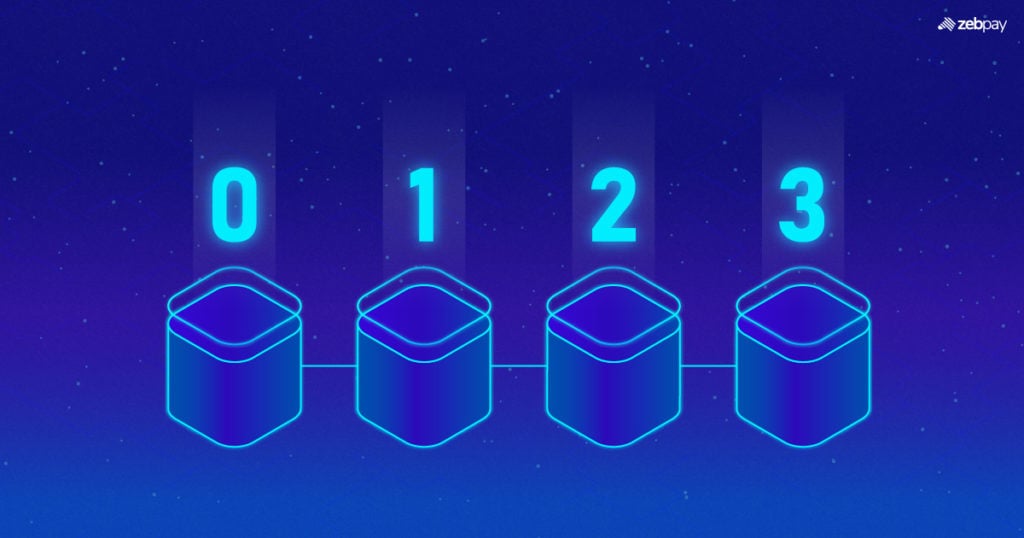Among the vast world of Web3 and blockchain technology, there is so much to know and understand. Whether it be cryptocurrency, or how the industry is seeking to revolutionize financial traditions, understanding Layer 0 protocols becomes vital to the foundational aspects of blockchain networks.
The term “layer” is something often heard in the world of dApps, but understanding the underlying infrastructure provided by Layer 0 is vital to overall blockchain knowledge. Thus, taking a deep dive into that foundational framework provides a host of insights into how the technology works.
Layers in Blockchain


Perhaps the most important to understanding blockchain is understanding layers. Specifically, layers work in unison to create a blockchain ecosystem. Subsequently, a “blockchain stack,” or a “protocol stack,” includes Layer 0 through Layer 3.
Layer 0 defines the foundational operative framework that allows the entire blockchain network to function. Moreover, they set forth the necessary infrastructure that allows Layer 1 blockchains to be created.


Subsequently, Layer 1 is the core layer of any blockchain, and is often referred to as the “base layer.” Moreover, this layer includes protocols to help support the specific blockchain network, including consensus algorithms and data structures. Specific examples include Bitcoin (BTC) and Ethereum (ETH), some of the most well-known protocols.
Alternatively, Layer 2 is built on top of the first and allows enhanced scalability and speed of the network’s functionality. Thus, things like payment channels and sidechains are examples of Layer-2 solutions. Conversely, Layer 3 is the application layer, which constitutes all decentralized applications and smart contracts built on a specific blockchain network.
Understanding Layer 0


As previously stated, Layer 0 protocols serve as the foundational basis for the development of subsequent layers. Moreover, they develop the infrastructure that is needed to then create a blockchain ecosystem. Concisely, without the vital Layer 0, dApps could not be built.
A key feature of a Layer 0 protocol is the consensus mechanism, according to Coinspeaker. Specifically, these are essential for the validity of a blockchain network and allow network participants to “agree on the state of the blockchain.”
Moreover, Layer 0 protocols have the potential to provide some of the necessary answers to questions that are currently facing the industry. Undoubtedly, concepts like speed and efficiency are able to be better developed under the development of Layer 0 protocols.
Layer 0 Elements


A Layer 0 blockchain is made up of three key elements: a main chain, sidechains, and a cross-chain transfer protocol. Within these, a main chain, or relay chain, is a vital aspect of the protocol. Specifically, the component processes and backs up transaction data from Layer 1 networks.
Secondly, a sidechain runs parallel to the main chain but is an independent Layer-1 blockchain. Additionally, these networks have their own consensus mechanisms and blockchain protocols while maintaining their own specific token.
Finally, a cross-chain transfer protocol enables the exchange of information between multiple blockchain networks. Conversely, this aspect facilitates interoperability between different blockchains and allows assets and data to move and transfer between chains.
Layer 0 Examples


One example of a Layer 0 blockchain is Avalanche. Specifically, this protocol provides an infrastructure for the building of DeFi apps. Furthermore, Avalanche is built on a tri-blockchain infrastructure that uses three core chains. These are the Contract Chain (C-chain), the Exchange Chain (X-Chain), and the Platform Chain (P-Chain).
Another example of a Layer 0 protocol is Cosmos, which was constructed to support an interconnected network of thousands of blockchains. Conversely, featuring an Inter blockchain Communication Protocol (IBC). Subsequently, allowing the exchange of data around various blockchain networks.
Finally, Polkadot represents another example of a Layer-0 blockchain. Likewise, it allows the interoperability of different blockchain networks. Specifically, utilizing “para chains,” which allows high scalability and added security.





